
5 things to know about Winnipeg’s big sewage problem
115 billion litres, 70 years to fix, $5.5 billion in lawsuits
Six weeks before the Doug Ford government announced plans to develop parts of the Greenbelt and force cities to sprawl into farmland, it set public servants on “a wild goose chase” to deliver complicated planning policies fast, a massive release of internal documents shows.
In the process, political staff limited — even overruled — public servants’ ability to respect environmental protections and avoid farmland loss while pursuing the government’s stated goal of rapid development. While the dropping of Greenbelt protections attracted the most attention, other policies were also amended to further weaken environmental considerations, including some municipalities’ ability to make their own decisions about growth.
Public servants were internally aware of the detrimental consequences of these decisions, noting that Ontario’s planning process had been stripped of consistency and environmental consideration.
“Pandora’s box is open,” one wrote in a set of handwritten notes for a meeting about the Greenbelt changes. “How in the world can you possibly measure new [development] applicants against these criteria?”
All of this is detailed in thousands of pages of internal documents obtained by advocacy groups Environmental Defence and Ecojustice through freedom of information legislation. Released the night before Halloween, they reveal new skeletons in the Ford government’s closet.
The collection of internal emails, draft official plans and scrawled, handwritten notes brings the public behind the scenes during chaotic weeks last fall, as the Ontario government prepared to open the Greenbelt for housing development and expand several cities’ urban boundaries out onto prime agricultural land — both decisions that have since been reversed.
All told, the documents show exactly what one would expect after two watchdog reports on the Greenbelt scandal both found the government had given preferential treatment to a small group of developers: wealthy landowners making requests and, for the most part, political staff granting them.
But there are some new revelations about how it all unfolded — including involvement from Premier Doug Ford and his staff, and details of how the government actively withheld information from the public.
Here are the biggest takeaways.
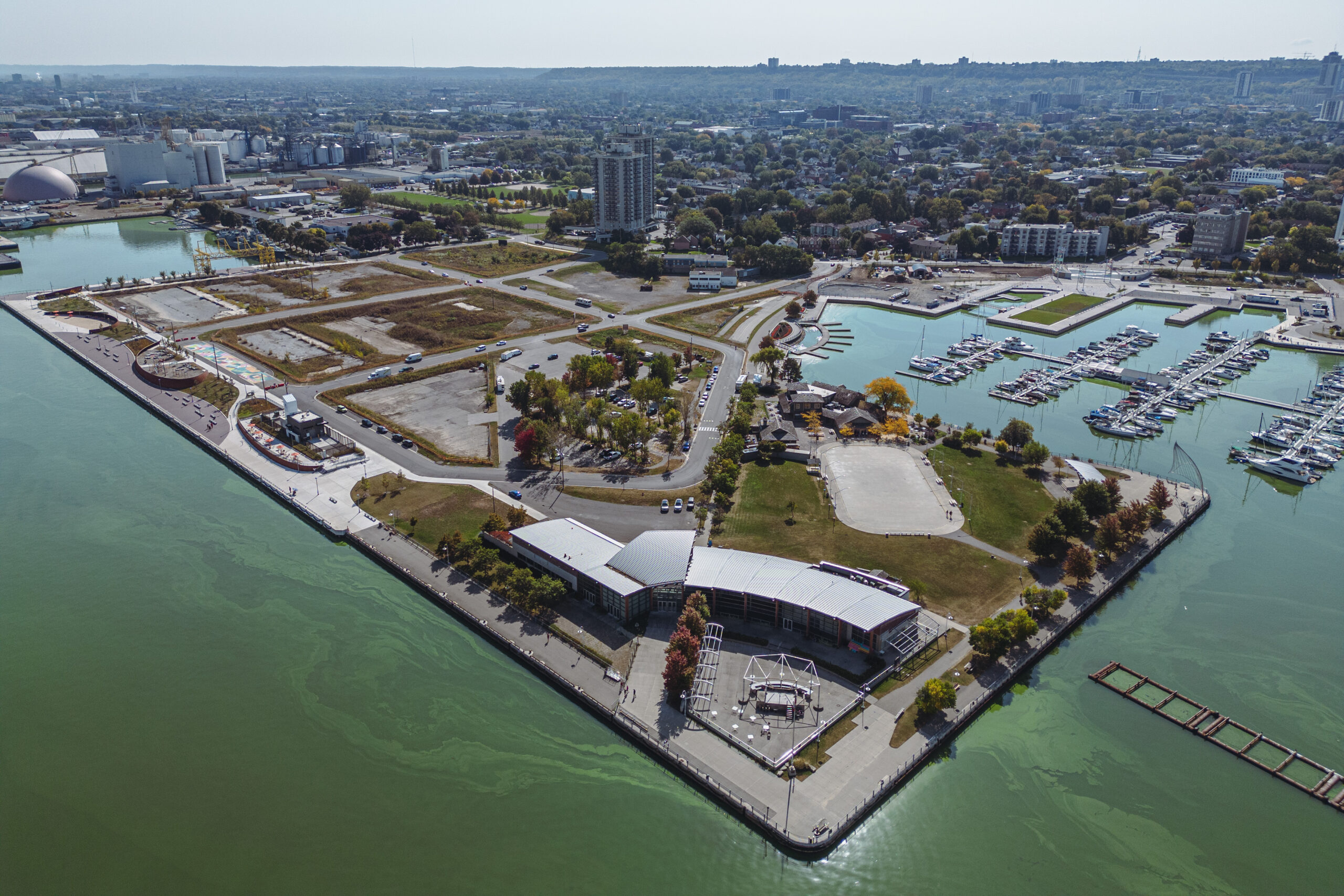

In theory, every level of government has policies to protect natural heritage — undeveloped land woven around cities and industry that allows plants and animals to move between wetlands, valleys, rivers and woodlands. But the Ford government’s orders made it difficult to factor existing protections into real-world planning decisions.
Take Hamilton — a municipality that had voted to maintain its urban boundary but was ordered to expand into farmland by the province to grant numerous third party requests. Tasked with amending the city’s official plan to reflect the Ford government’s wishes, public servants made it clear to staff in the office of former housing minister Steve Clark that many desired expansions would be “prohibited” by various environmental policies.
Because of the “urgent” timeline imposed by Ford and Clark, public servants working on Hamilton’s official plan suggested in emails they were told by Clark’s staff to ignore many of these policies, including, for example, “the nuances” of some of the Greenbelt changes needed for some lands to become developable. Some public servants also “were told to stand down” by Clark’s staff on concerns about a property in Hamilton’s Greenbelt.
Other municipalities were treated similarly. Public servants discussing growth in the Niagara Region noted 11 locations where development would result in lost environmental linkages across the region. Yet, emails show, at least one person downplayed any emphasis on natural heritage protections in a note to the Clark’s team because “I understand that the desired outcome would likely be to permit the expansion.”
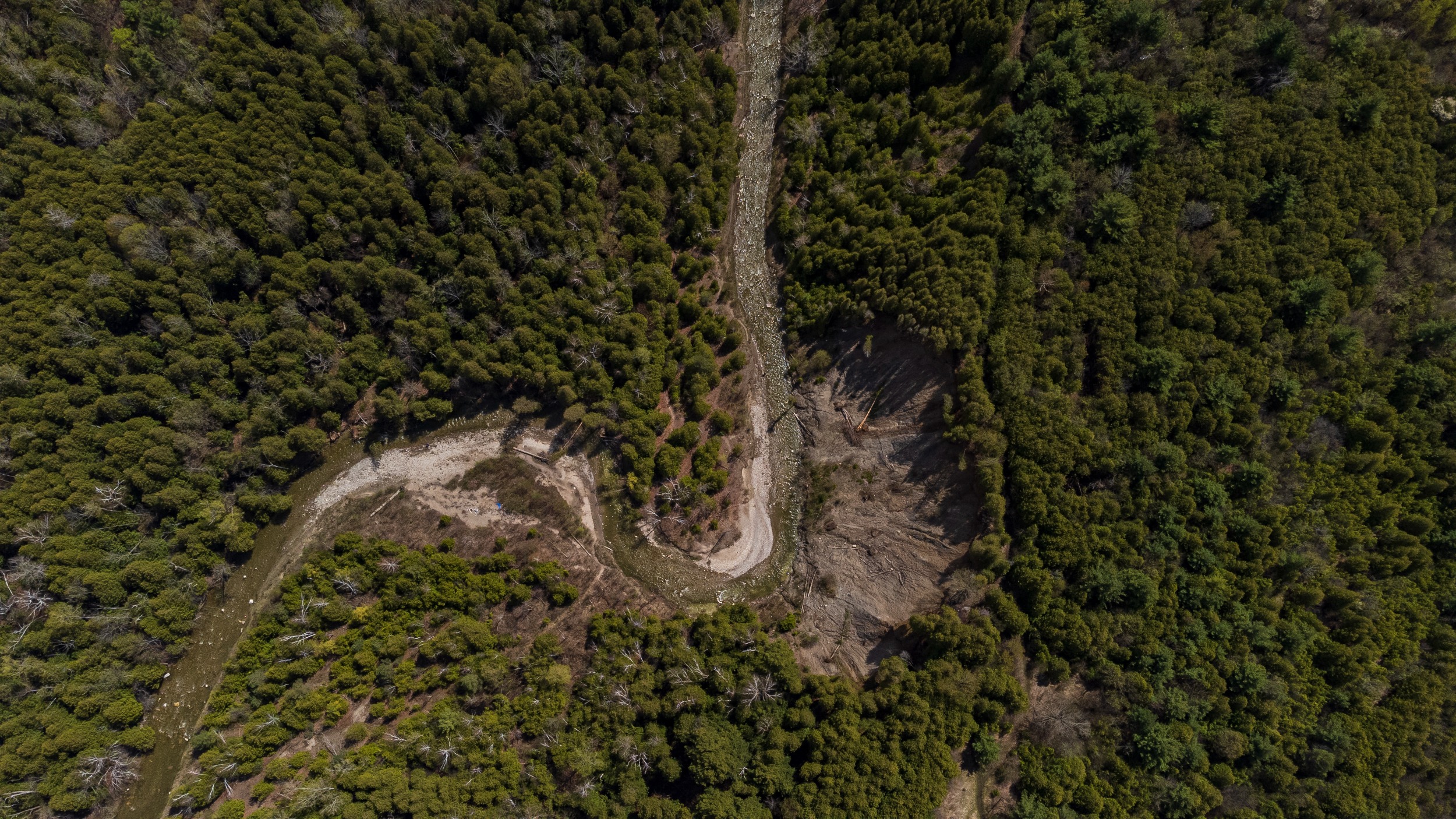
Deliberations about York Region’s growth plan saw similar concerns raised, with public servants noting in their analysis of the official plan that the government’s decision didn’t “capture” the impacts of building the sewage and wastewater infrastructure needed to support new developments on the Great Lakes and the Greenbelt.
Despite internal efforts — as well as public opposition, which spreadsheets in the released documents make note of — a series of major municipalities in Ontario were ordered to expand on November 4, 2022. The final decisions rested with Ryan Amato, then chief of staff to Clark, who has been in the spotlight for ensuring developers’ requests to take land out of the Greenbelt were fulfilled. These documents show that Amato exerted similar influence over many official plans, providing “hard copies” of sites to include in developable areas: “I would like all these changes made. Thank you,” he wrote in one email exchange about Hamilton.
Documents about the Greenbelt seem to show a similar theme: while public servants discussed not wanting the protected area to be “Swiss cheese” and a desire to avoid development on protected wetlands, decisions about how and when to cut into it were driven by politics.
“Minister would rather pull the Band-Aid off and hope the developers don’t stab them in the back,” read one set of handwritten notes from by an unidentified staffer from Oct. 2022.
“He wants to rip the Band-Aid off, but the [premier’s office] doesn’t want that he wants safeguards.”
It’s not clear if the notes are an accurate assessment of what Clark and the premier’s office wanted. The notes also don’t elaborate on what the “safeguards” might have been. Clark did not immediately respond to a request for comment from The Narwhal.
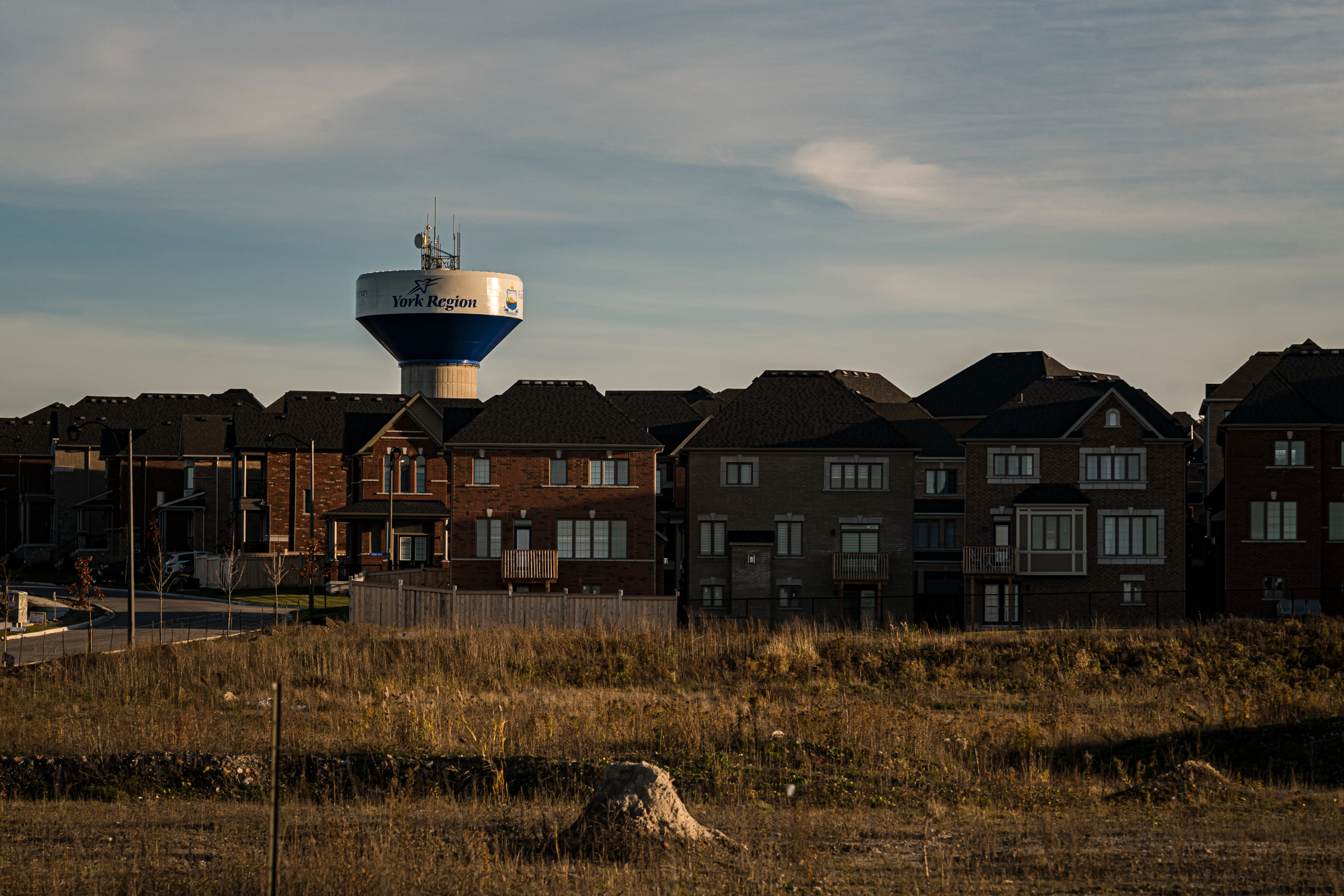
A report from Ontario’s auditor general, released in August, revealed that public servants in the Ministry of Municipal Affairs and Housing were working under non-disclosure agreements and that the government took steps to shield its development plans from the public. But the new records give greater insight into exactly how that process played out.
One set of notes, typed by an unnamed ministry staffer on Oct 28, 2022, details the measures the government took to avoid creating records — digital documents would be shared “via screenshares,” and communications materials would be prepared through live editing sessions, both of which would leave a minimal paper trail. They also worked to ensure documents they did create couldn’t be leaked, such as working with hard copies, each printed with a unique watermark so its source could be traced.
“Ryan thinks this is great,” the note reads, apparently referring to Ryan Amato.
Another set of typed notes from Oct. 13, 2022 quote Amato as saying to make it “as clean as possible.”
“What does that mean I don’t know,” the notes read.

At other times, Amato and ministry staff made deliberate choices to avoid telling the public what the government had done and why.
Two sets of notes — one handwritten, one typed — depict a meeting between Amato and senior ministry staff on Nov 17, 2022, the same day The Narwhal and the Toronto Star published an investigation detailing developer landholdings in the Greenbelt carve outs. The typed notes indicate Amato called the story a “hit piece.”
“Everybody keep your mouth shut and stick to it,” the typed notes read, also noting that the government was going to be “in for a rough ride.” The handwritten notes from the same meeting include similar sentiments.
Later in the same meaning, staffers debated whether they should share internal data about the exact boundaries of the Greenbelt changes, the typed notes show. “Not going to hand somebody the gun to shoot me with so no,” the notes say, attributing the quote to Amato.

The Ford government’s decision to open the Greenbelt and force municipalities to expand into farmland and greenspace was not enough to guarantee development. Public servants note in the documents that other policies stood in the way, notably the provincial policy statement, a mandatory set of guiding principles to ensure all Ontario cities make sustainable planning decisions.
The deliberations in these documents suggest that the Greenbelt opening and official plan changes created a precedent, easing the way for Clark to change the provincial policy statement to make it easier for municipalities to develop natural and agricultural land, which he proposed in April.
In one email exchange before the April changes, Kirsten Jensen, then deputy chief of staff to Clark, asked public servants to “investigate further” a parcel of land that a developer wanted included in Hamilton’s expanded urban boundary. Public servants responded that the lands were part of an environmental corridor, meaning the provincial policy statement “prohibits” development there.
The discussion continued over multiple email chains. “The [provincial policy statement] sets out that in order to develop lands adjacent to certain significant natural heritage features and areas, it needs to be demonstrated that there will be no negative impact on the features or their functions,” public servants told members of Clark’s office.
In another email, Amato asked about the status of farmland surrounding Hamilton. In response, public servants said that the government could redesignate sensitive farmland to rural lands, which can be lightly developed, “as a first step in the Greenbelt changes.” However, they were clear that lands designated as rural were still subject to planning policy that gurantees farmland protections.

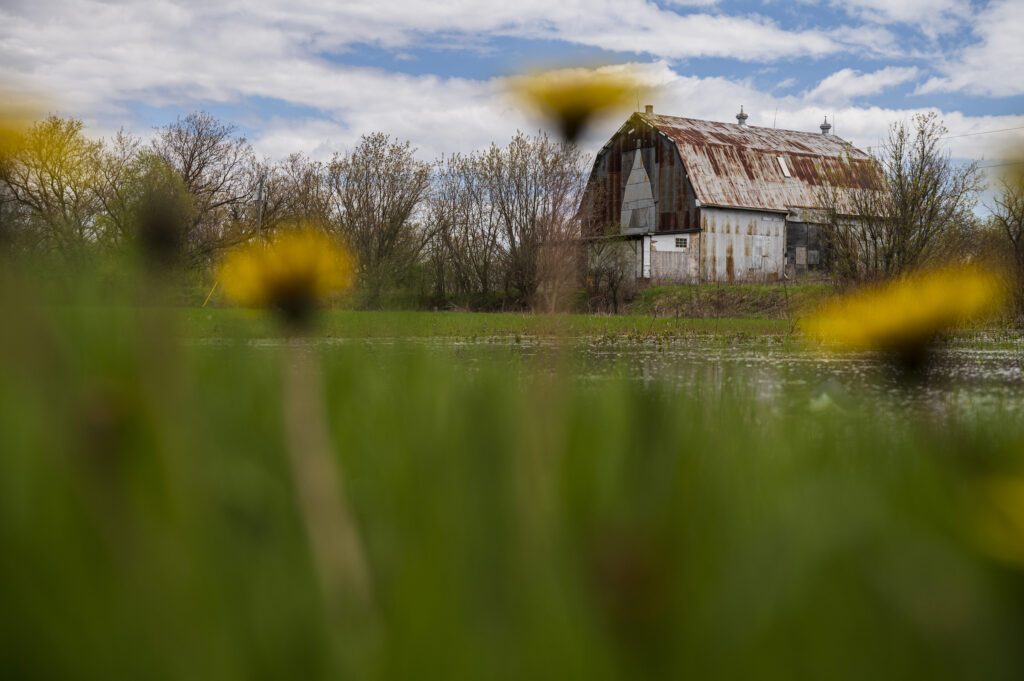
In other instances, public servants were clear that making certain lands developable would require a chain reaction of policy changes throughout the province.
“There is only so far I can go without direction,” one public servant told a colleague, adding that there would be a “significant number” of policies to “write/adjust” that would result in “major ripple effects” across Ontario’s growth planning process.
Despite public servants’ concern, notes from meetings held in Clark’s office hinted at the provincial policy statement changes to come. For at least three properties, Amato is documented as asking staff to “take it off the list” of properties to be removed from the Greenbelt as the government “will deal with this in the [provincial policy statement].”
In an email to public servants about opening lands in Peel Region, Amato made it clear that existing limitations were seen as problems with a solution. “Okay it won’t matter anyways with the new changes we are discussing,” Amato wrote.
In April, some of those changes were proposed as Clark amended growth plan policies to make it easier for cities to build single-family houses almost everywhere. He also axed rules requiring municipalities to demonstrate the need to expand, meaning local councils could decide to rezone land without requiring evidence or studies. These amendments have not been finalized into legislation.
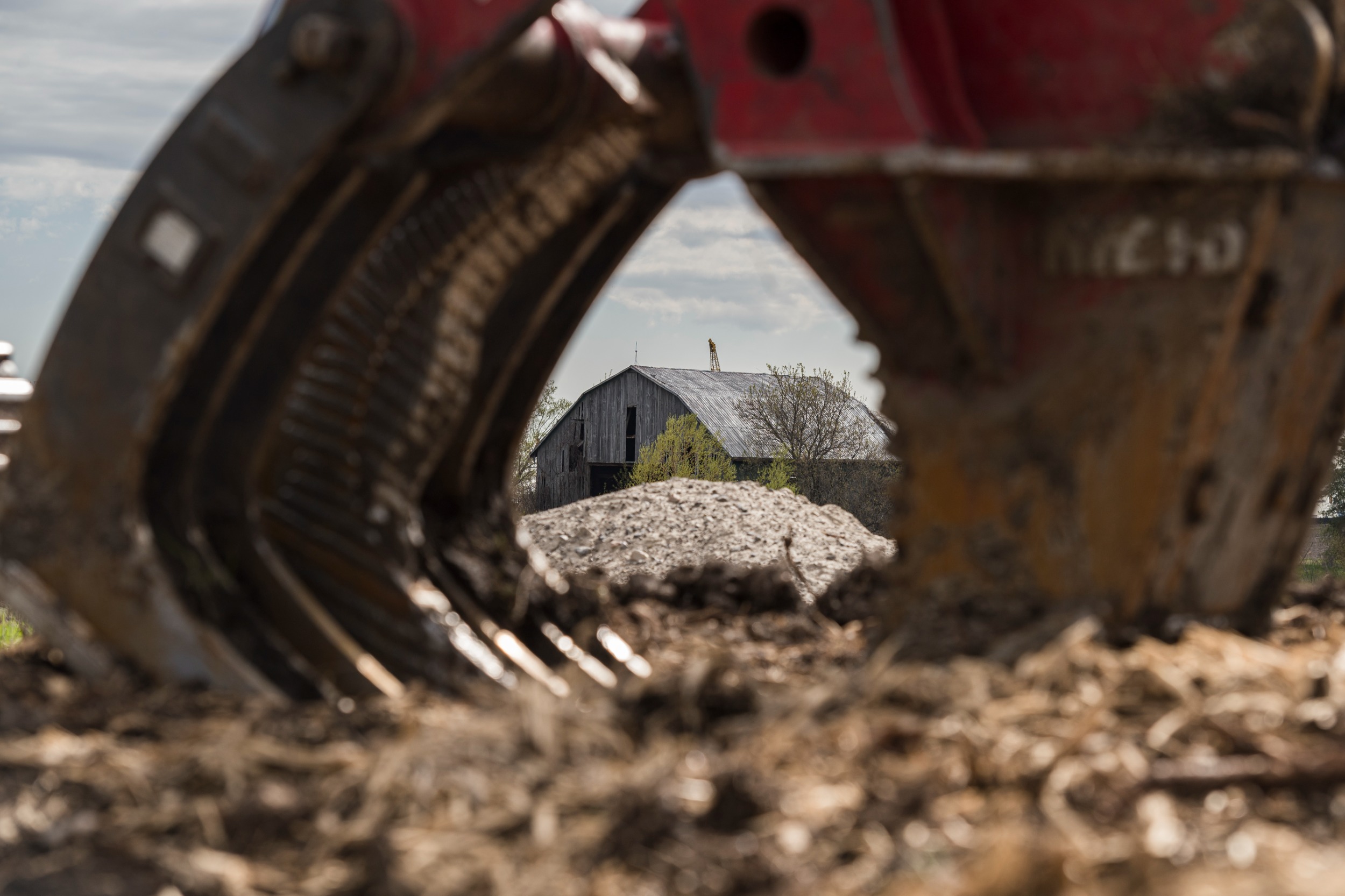
Since the Ontario government introduced the Greenbelt changes, Ford has maintained he wasn’t involved in selecting properties that were removed from the protected area and only found out what they were in the days before the move was made public.
But a document in the package released this week contradicts that narrative: a Nov. 2021 email from a developer to Ford’s executive assistant, indicating the premier met with one developer about removing his land from the Greenbelt an entire year before changes were made. In it, a planner with a company called Urban Solutions said Ford met with company principal Sergio Manchia in September 2021 to discuss opening a section of Manchia’s land in the Greenbelt.
“The parties agreed to pursue the request as it was in keeping with the province’s objectives of aiding municipalities in providing much-needed housing,” the email reads.
The email said the vice president of the union LiUNA, Joseph Mancinelli, was in attendance, along with Progressive Conservative MPP Donna Skelly and then-Hamilton mayor Fred Eisenberger. But LiUNA has contested that: in a statement to The Narwhal, spokesperson Victoria Mancinelli said neither her father nor the union were involved in any discussions or deliberations about these lands. “We wish to definitively state that neither were involved in Greenbelt changes,” Victoria Mancinelli wrote in an email. Skelly and Eisenberger did not respond to requests for comment from The Narwhal.
Manchia did not immediately answer an email from The Narwhal requesting comment on the documents. He was a prominent figure in the integrity commissioner’s report on the Greenbelt scandal. Ford told commissioner J. David Wake he had “no recollection” of ever meeting Manchia — despite the fact that Manchia had once hosted a fundraiser for Ford and purchased tickets to a pre-wedding event for the premier’s daughter.

Asked about the email at a press conference on Oct. 31, Ford didn’t offer a clear answer on whether he told Manchia he’d help get his land out of the Greenbelt.
“You’re asking me to remember what I did or said two years ago,” Ford said. “I can’t say I said that.”
When reporters asked Ford if he lied to the integrity commissioner, he again avoided a direct answer: “I have the utmost respect for the integrity commissioner, the job he does, and I’m always there to assist him in any way I can.”
The documents also show that Ford’s office was much more involved in changes to some cities’ urban boundaries than previously known.
At one point, the documents show the Premier’s Office requested a copy of a map to ensure two properties that were partially owned by Flato Developments — a company run by Shakir Rehmatullah, who Ford has said is a personal friend — were part of an urban boundary expansion in York Region north of Toronto.
In emails sent in the final hours before the urban boundary expansion were made public, Amato told housing ministry staff that the premier’s office wanted the two properties in Nobleton, Ont., to be included. “[Premier’s Office] wants this done,” Amato wrote on Nov. 3, 2022, according to the documents.
The next day, as public servants were preparing to publish the changes, he followed up: “[Premier’s Office] has asked me for a picture to make sure it’s captured,” he wrote in an email.
The documents show the Premier’s Office was also involved in last minute changes in Peel Region, west of Toronto. Amato’s deputy Kirsten Jensen, who resigned in October, emailed ministry staff to ask them to make last minute changes on Nov. 3, 2022 at the request of “someone in [Premier’s Office].”
Ford didn’t directly answer when asked why his staff were so involved in the changes.
“I don’t even know which lands you’re talking about,” he told reporters.
Updated Nov. 2, 2023 at 11:26 a.m. ET: This story was updated to clarify the Ford government’s proposed amendments to growth plan policies have not yet been finalized.
Get the inside scoop on The Narwhal’s environment and climate reporting by signing up for our free newsletter. On a warm September evening nearly 15...
Continue reading
115 billion litres, 70 years to fix, $5.5 billion in lawsuits

Climate change, geopolitics and business opportunities power a blue economy

10 billion litres of sewage are dumped into Winnipeg’s lakes and rivers each year. Some...
